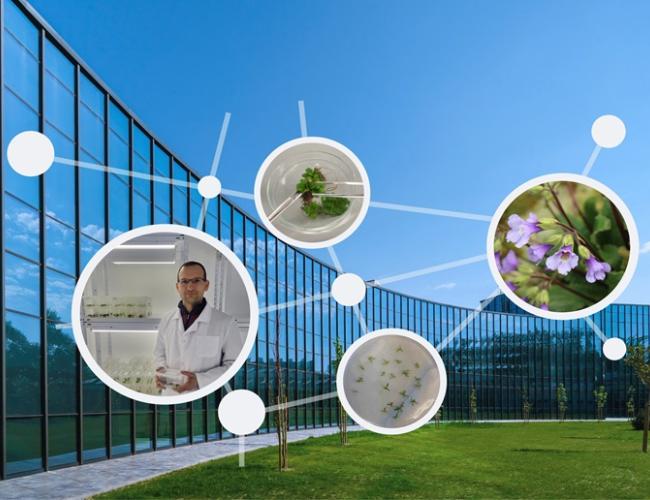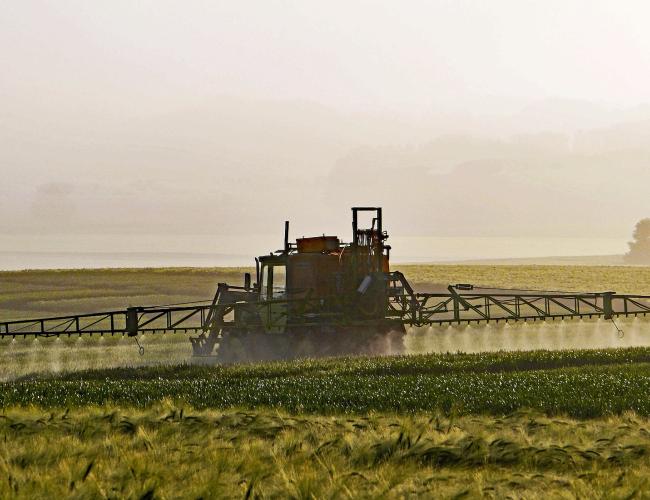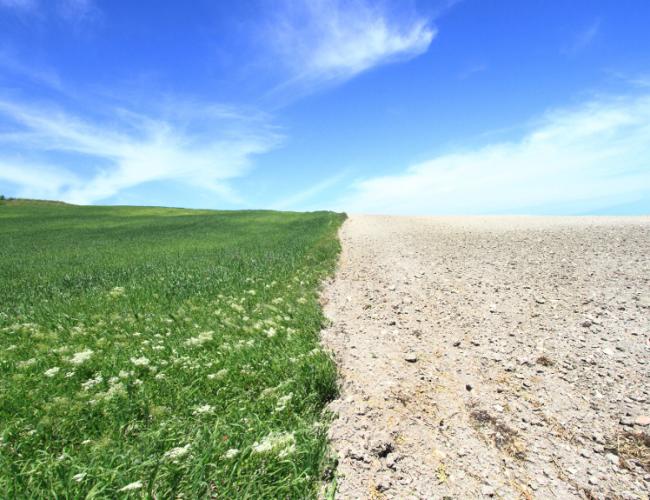Agricultural biomass production within a sustainable and circular Bioeconomy
Brief me
- Agriculture is the main biomass-producing sector in Europe, supplying about 70% of the total biomass for processing or consumption in the EU-27.
- Each year, the European Union produces around 924 Mt of agricultural biomass (2016–2020).
- Of this total, roughly 54% is primary production (grains, fruits, roots, tubers) and about 46% is above-ground residue (leaves, stems, straw).
- Cereals are the leading crop in Europe, making up 50% of the economic output and 74% of crop residues.
- Adequate residues must remain on fields to protect soil quality and biodiversity, reducing the portion available for other uses.
- EU crop residues extracted range between 102 and 146 Mt per year (dry matter), though uncertainties remain large.
Find out more in the brief and explore further other resources!
Explore further
Common Agricultural Policy
Learn how the EU CAP supports food production, environmental protection and rural development.
New Vision for Agriculture and Food
Discover the European Commission's roadmap for a thriving EU farming and agri-food sector, where the bioeconomy plays a key role.
Key publications on agricultural biomass
Access multiple publications on agricultural biomass production and trade.
Data on agricultural biomass
Consult relevant datasets made available by high profile institutions.
Visualisations and infographics on agriculture
Discover the key role of agriculture in the bioeconomy domain.
Networks and expert groups
Explore platforms and working groups with a focus on the EU agricultural sector.








